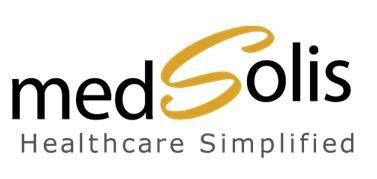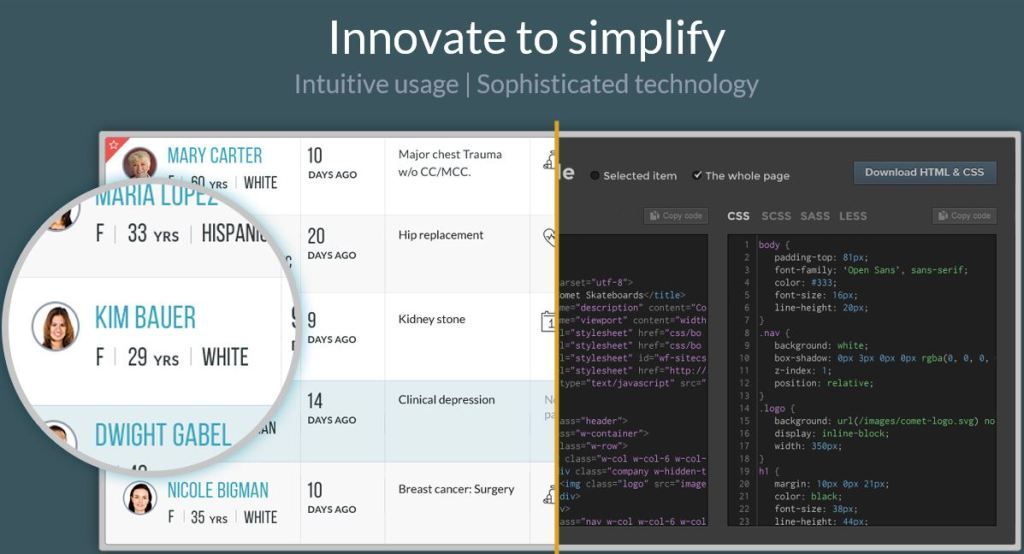 More than a year ago, the Disease Management Care Blog posted a prediction. It said that the key to achieving improved population-based outcomes at lower cost will lie in the combined five-fold synergies of: 1) Ver 2.0 care/disease management, 2) the patient centered medical home (PCMH), 3) provider pay-for-performance (P4P), 4) the electronic medical record (EMR) and 5) consumer directed health plans. It turns out that the DMCB was slightly wrong in several domains. It's not necessarily just 'pay for performance' but flexible provider compensation that includes enhanced fee-for-service, risk-adjusted capitation, P4P and gain sharing. It's not just the EMR, but EHRs plus decision support and registries. And it's not consumer directed health plans but value based insurance designs (VBID).
More than a year ago, the Disease Management Care Blog posted a prediction. It said that the key to achieving improved population-based outcomes at lower cost will lie in the combined five-fold synergies of: 1) Ver 2.0 care/disease management, 2) the patient centered medical home (PCMH), 3) provider pay-for-performance (P4P), 4) the electronic medical record (EMR) and 5) consumer directed health plans. It turns out that the DMCB was slightly wrong in several domains. It's not necessarily just 'pay for performance' but flexible provider compensation that includes enhanced fee-for-service, risk-adjusted capitation, P4P and gain sharing. It's not just the EMR, but EHRs plus decision support and registries. And it's not consumer directed health plans but value based insurance designs (VBID).What is VBID? It's any commercial insurance product that includes adjustments of patients' out-of-pocket costs and provider reimbursement for specific services based on their clinical benefit. The greater the benefit to the patient, the lower that patient's cost share and the higher the provider payment. It can be tailored to certain services (for example, lipid testing) and/or for certain conditions (diabetes mellitus) and/or condition severity (enrollees with recurrent hospitalizations) and/or level of participation (in care management). It's not necessarily easy to implement, since there are Federal and State regulations to consider, the possibility of employee push-back over perceptions of unfairness, a still evolving business model and questionable scalability across a network.
VBID was an important topic that was discussed by Mark Fendrick at the Patient Centered Primary Care Collaborative Stakeholder's meeting that was held in Washington DC on March 30. His presentation (the PowerPoint is not yet available on line) was timed to match the release of this PCPCC white paper. It's worth downloading and reading. It describes in some detail how the PCMH and VBID can be integrated through reduced patient out-of-pocket expenses for medical home-based visits as well as for referrals coordinated by the medical home, increased health reimbursement/savings accounts to pay for medical home services and co-pay tiering that favors testing and medications ordered by medical home team members.
The March 30 meeting also featured Dr. Blumenthal of ONC, who spoke rather extensively about the synergies of health information technology (HIT) and the medical home. Unlike discussion of VBID, however, there was little else that was particularly new in this discussion, including the assertion that this time, and we really REALLY mean it this time, that "meaningful use" combined with luster of federal funding will cause all those hold-out physicians relent and spend tens of thousands on an outpatient EHR.
And maybe at a next PCPCC confab, it'll be realized that PCMH-VBID or PCMH-HIT dyads are only the beginning.












No comments:
Post a Comment